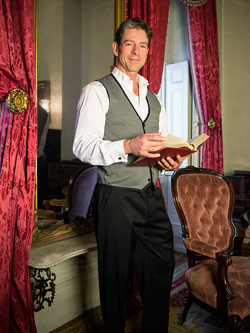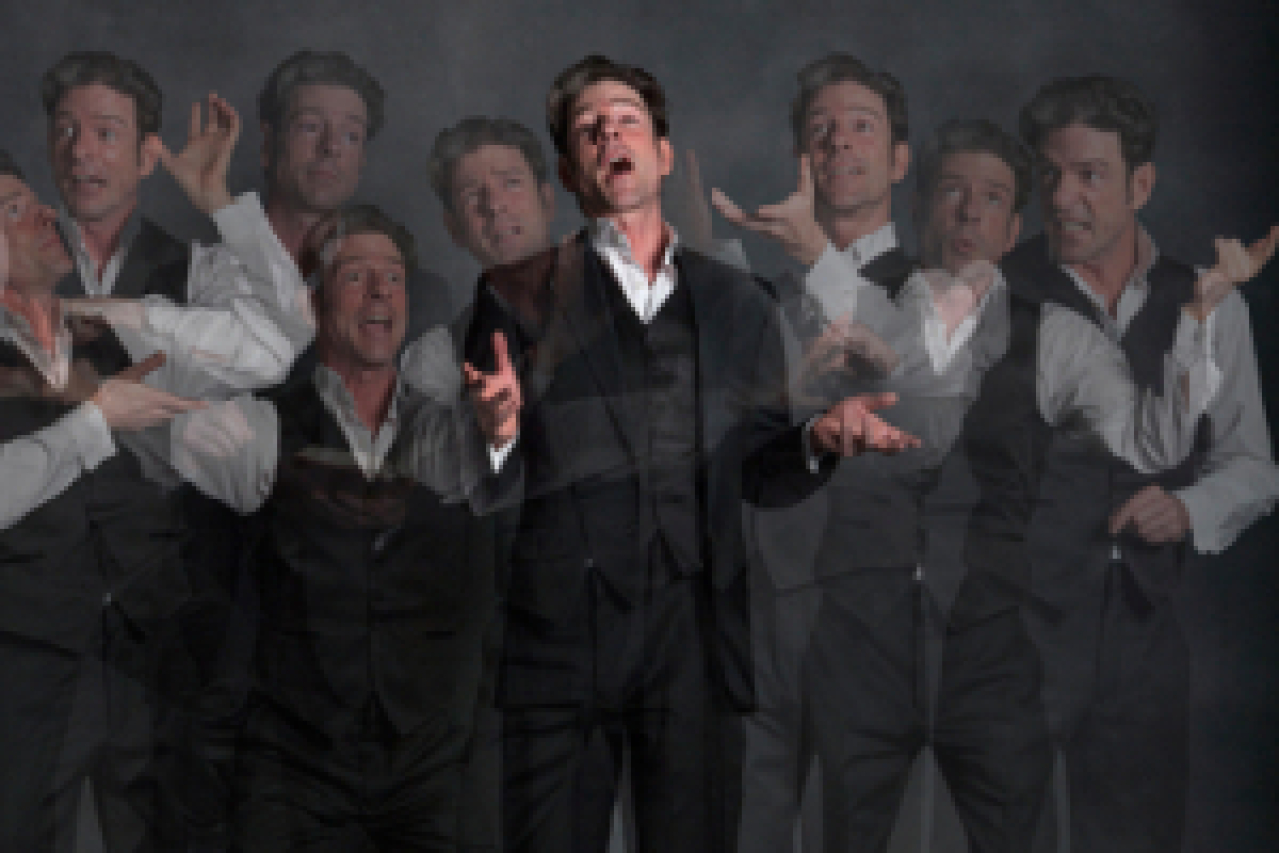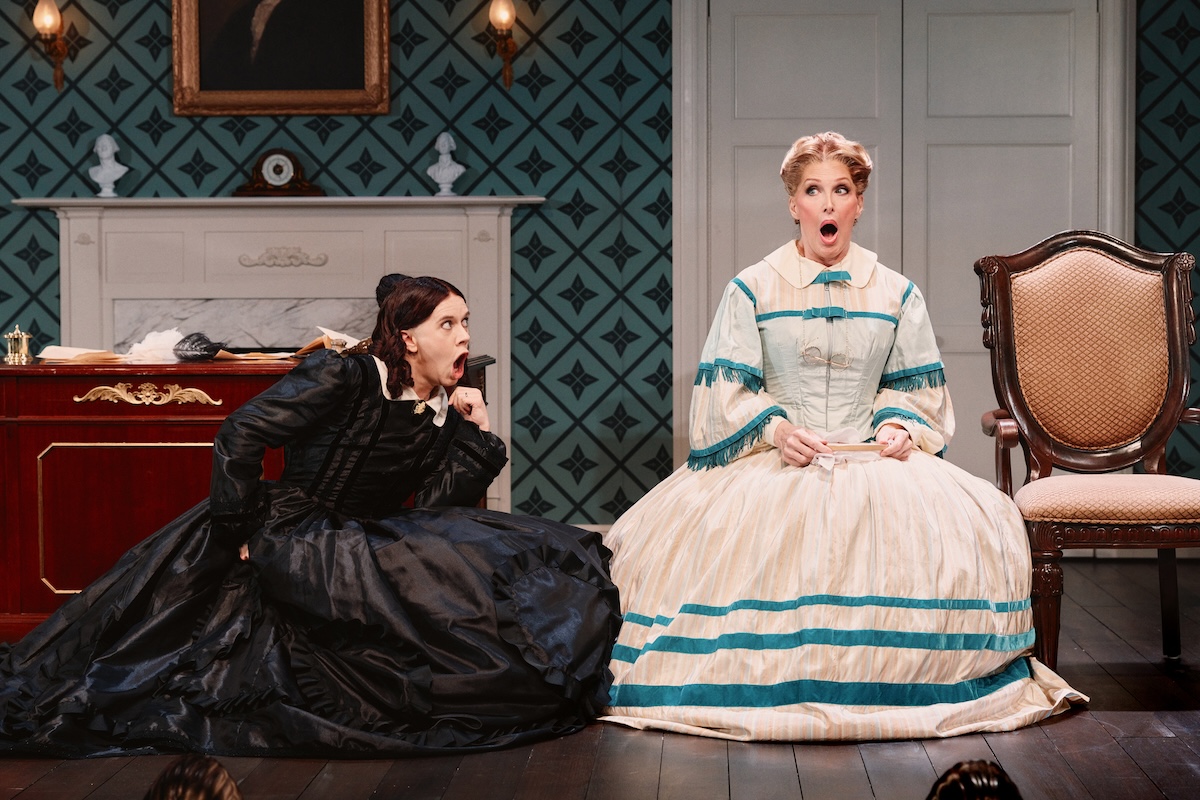A Christmas Carol at the Merchant’s House

(© Joey Stocks)
The Tredwells were dead: to begin with. The last of them, Gertrude, departed this world in 1933, three years before her family home (where she lived for 93 years) was turned into the Merchant's House Museum. Yet sitting in the Tredwells’ richly decorated and pristinely preserved parlor, one gets the eerie feeling of being surrounded by ghosts. This proves the perfect setting for John Kevin Jones’ engrossing one-man performance of Charles Dickens’ A Christmas Carol.
In 1835, wealthy hardware merchant Seabury Tredwell moved into the Greek revival townhouse at 29 East Fourth Street with his large family and their four Irish servants. Eight years later, Charles Dickens published his classic Christmas ghost story, A Christmas Carol. It is very likely that youngest daughter Gertrude (who some say still haunts the Tredwell house) was familiar with this novella, and perhaps read it in the very room in which Jones performs today.
For the unfamiliar, A Christmas Carol is the story of Ebenezer Scrooge, a Victorian money-lender and penny-pincher who hates Christmas and humanity in general. One cold and biting Christmas Eve he is visited by the ghost of his deceased business partner Jacob Marley, who warns him of the burdensome chain he is forging in eternity due to his earthly miserliness. To drive this point home, Scrooge is further visited by three spirits: the ghosts of Christmas past, present, and future. In turn, they show him how he got to be such a cold-hearted jerk, how his clerk Bob Cratchit and his family suffers in poverty, and how Scrooge will be remembered in death — not very kindly. Terrified by these visions, Scrooge reforms his ways, raises Crachit’s salary, and embraces Christmas with open arms.
A Christmas Carol is to the theater what Christmas and Easter Mass are to the Catholic Church: a chance to see some faces you might not see any other time of the year. Indeed, for many Americans an annual viewing of A Christmas Carol is the one theatrical excursion of the year and theaters around the country take advantage of this fact by staging their own, sometimes quite lavish productions. The Summoners Ensemble Theatre eschews grandiosity for authenticity: Clad in a vaguely period vest, Jones recites a very faithful version of Dickens novella, changing voices and mannerisms for each character. This sixty minute affair takes place entirely around the small Christmas tree in the Tredwells’ parlor. The effect is akin to a family reading of the story, as led by a very charismatic uncle.
Jones and director Rhonda Dodd premiered this Christmas Carol at Theatre Row last year, but The Merchant’s House is such a better venue. Jones and Dodd used Dickens’ original performance text (long before the age of David Sedaris, Dickens regularly sold out lecture and performance halls with his highly theatrical readings) as a guide: while slightly altered for a modern audience, the text loses nothing in richness and dexterity, especially when voiced by Jones’ resonant baritone.
Jones somehow manages to walk the tightrope of allowing the tone and emotion of a moment bleed over into his narration while keeping his characterizations distinct. This is masterful storytelling, like a live-action book on tape. It’s much more theatrical than a simple reading, but it still stays true to Dickens’ voice.
Considering the intimacy of this production, it is likely that only a few hundred people will get the pleasure of seeing it. Make sure you’re one of them.











